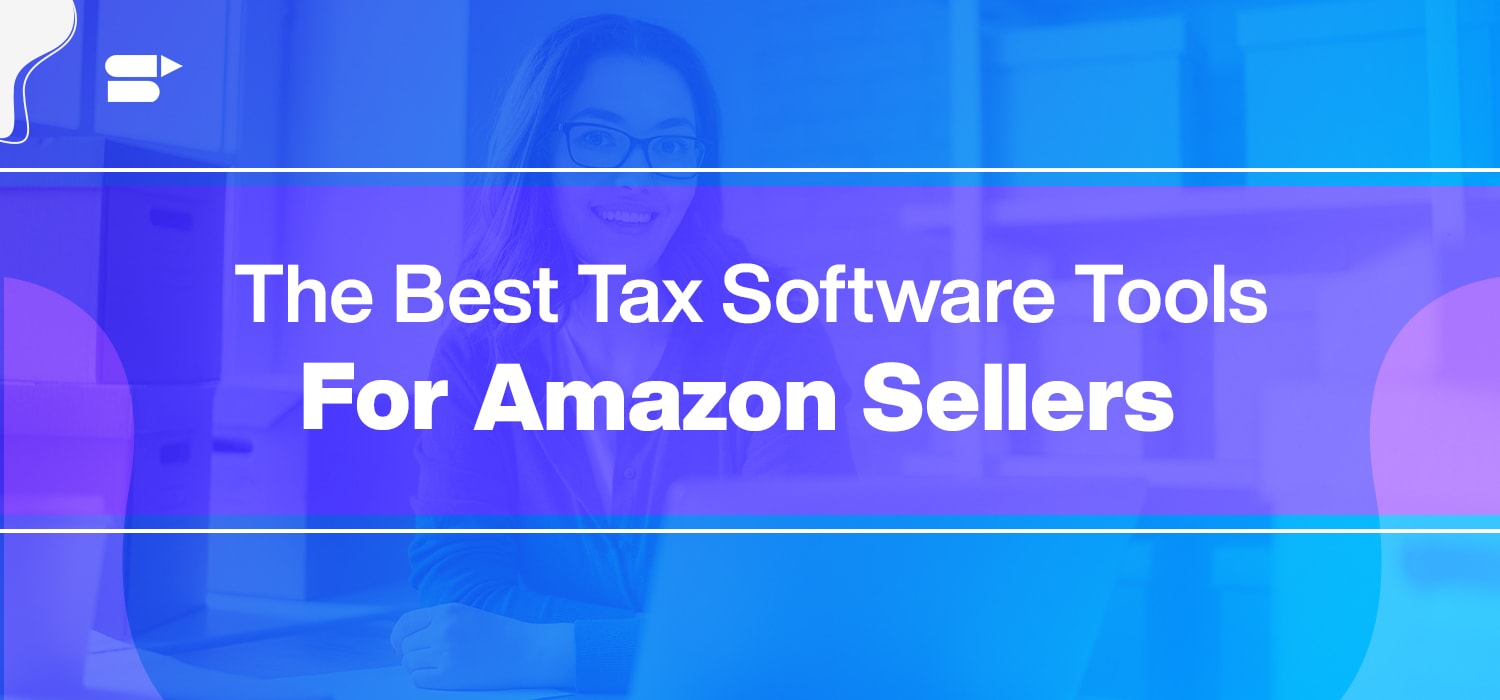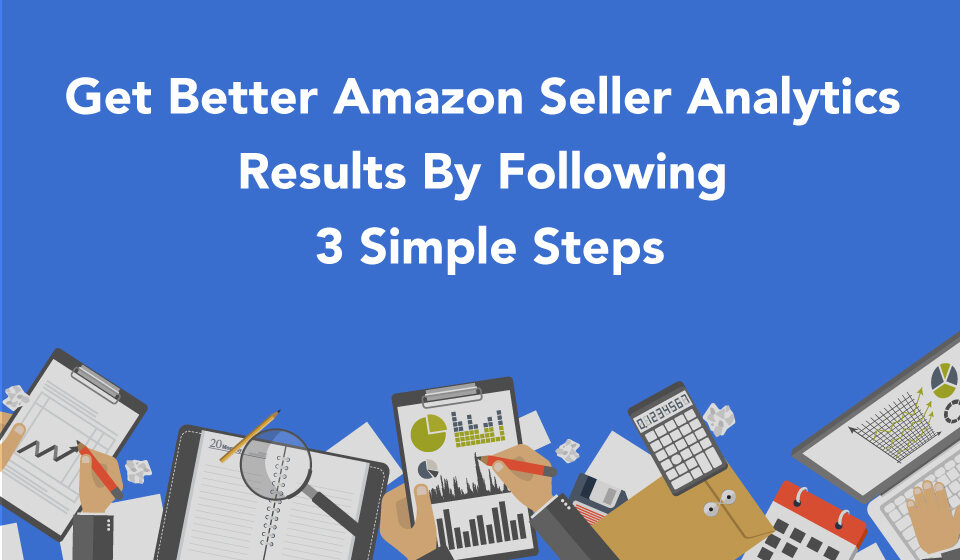A Complete Guide to Amazon FBA Storage Limits

As the holiday season approaches, Amazon is taking proactive measures to steer clear of the impending rush by imposing restrictions on inventory.
With the much-anticipated Amazon Prime Day slated for October, the festive season is expected to be busier than ever.
In line with its fulfillment strategy, Amazon is not only expanding its storage capacity but has also unveiled new storage limits for its merchants.
A recent email from Amazon to sellers outlined the implementation of stringent storage limits for third-party merchants utilizing US warehouses. This move aims to manage the surge in consumer demand during the holiday season, preventing the inundation of storage space by large shipments.
For Amazon sellers, this means careful planning is crucial to navigate potential delays and pitfalls during the busiest period of the year.
Let’s explore the details of Amazon’s FBA storage limits and how sellers can ensure a smooth holiday season.
Amazon Inventory News Amid the Holiday Rush
Amazon recently announced the following:
“Amazon sellers with an IPI (Inventory Performance Index) score less than 500 will be subjected to storage limits from August 16 to December 31.”
What does it mean?
First off, this announcement may induce panic in some sellers, as it was given without a prior heads up. However, sellers have time until August 16th, and the IPI score takes time to update.
How sellers should prepare?
As Q4 is right around the corner, you need to have a smart inventory management system to avoid running out-of-stock during peak demand.
With new restrictions, the importance of monitoring inventory levels has grown further. Poor inventory management will result in loss of sales, affect your account health, and Inventory Performance Index.
Your IPI depends on how well you manage your on-hand inventory. A few of the influential parameters include:
- Excess inventory
- Sell-through rate
- Stranded inventory
- In-stock inventory
You need to prioritize cleaning up excess inventory that isn’t selling fast enough. Amazon updates this metric frequently based on past sales. So if your IPI score is below 500, your inventory is subject to storage limits. Track your IPI score in your Inventory Performance Dashboard. You can also consider Amazon’s recommendations to improve your score.
Let’s get to the second announcement.
ASIN Quantity Limits
Amazon has placed restrictions on the number of units per ASIN that can be placed in FBA storage.
This affects all product categories, and the restricted quantities differ product-by-product.
Why is Amazon doing this?
As the coronavirus pandemic continues to rise, Amazon is struggling to adjust its operations. To sustain the rising demand and to maximize the variety of products available for the customers, Amazon might have introduced this new restriction.
What can sellers do about it?
You can cover enough inventory for three months’ sales and review the quantity limits for each product periodically.
Go to the restock inventory page and click on ‘Days of supply.’ You’ll find the maximum shipping quantity allowed on the page. This is the maximum inventory quantity allowed by Amazon.
Sellers should know that ASIN-level restrictions are already in place. Besides, you need to know the difference between ASIN-level restrictions and account-level restrictions as sellers can do nothing to lift the restrictions.
Lastly, Free Removals
Amazon has always offered to remove stale and dead inventory from the warehouses. Now, Amazon has made the process a lot easier by enabling free removals promotion. With the impact of COVID-19 on the Amazon supply chain, it’s not surprising to see these types of removal offers more frequently.
This new adjustment will avoid high storage fees for sellers without paying to remove FBA inventory from warehouses. The company further stated that the option is limited. However, it did not announce when the offer would expire.
With the new announcement, Amazon will waive fees for any removal order submitted to their fulfillment centers, effective immediately.
Not sure where to find it?
Go to Amazon Inventory Age Page, and create a removal order.
What should sellers keep in mind?
Despite Amazon’s efforts, logistics and operational issues aren’t going anywhere soon. Therefore, sellers should plan their holiday season, keeping this in mind. Businesses, especially 1P vendors, selling large items can expect some glitches on the way.
Check out Amazon’s announcement about storage limits here.
While this announcement may benefit Amazon sellers, one should consider the potential long-term impacts on their IPI score.
For example, a seller who has a low IPI score before August 16th is unlikely to recover and probably should consider leaving inventory at the Amazon fulfillment center. The reason for this is, they can hardly replenish the same stock levels in the near term. However, sellers who are close to an IPI score of 500 can take a closer look at their sell-through rate and determine if it is better to remove slow-moving or high-priced items from Amazon’s storage facilities.
On the other hand, Amazon sellers who have an IPI score above 500 should analyze their inventory carefully. Storage costs may rise in Q4, so sellers should consider removing inventory that is less expensive for you to store. You can move the stock into Amazon at a later part of the year.
Final Thoughts
Amazon had recovered from the operational issues it faced in March and April months of 2020 due to the coronavirus pandemic. However, this new update comes with no surprise as the retailer wants to plan ahead of Q4. This will help them avoid potential inventory and operational issues that could come up in the holiday season. It may force you to plan your inventory well in advance, but it can help you take necessary actions to boost your business.
Related Post :
Amazon Logistics: A Complete Guide For Sellers 2022
Amazon Holiday Selling Strategy 2022











Vashti Groomes
February 25, 2021what should I consider doing if my IPI score is above 500?
Arishekar N
August 23, 2021You should analyze their inventory carefully. The storage costs may rise in Q4, so you should consider removing inventory that is less expensive for you to store.